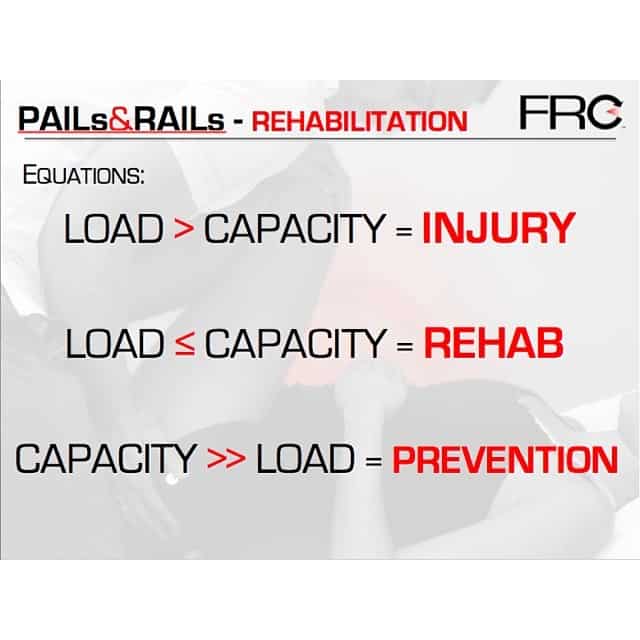
A fundamental concept in the application of occupational biomechanics to the workplace is that one should design workplaces so that the load imposed on a structure does not exceed the tolerance of the structure. When the magnitude of the load imposed on a tissue is less than the tissue tolerance, then the task is considered acceptable and the magnitude of the difference between the load and the tolerance is considered the safety margin. Implicit in this concept is the idea that risk occurs when the imposed load exceeds the tissue tolerance.
Although tissue tolerance is currently defined as the ability of the tissue to withstand a load without damage, biomedical researchers are beginning to expand the concept of tolerance to include not only mechanical tolerance of the tissue but also the point at which the tissue exhibits an inflammatory reaction.
An obvious trend in modern industrial work is for the work task components to
involve light loads but highly repetitive actions. The load-tolerance model can also be adjusted to account for this type of risk exposure. Hence, occupational biomechanics models and logic are moving toward systems that consider manufacturing and work trends in the workplace and attempt to represent these observations (such as cumulative trauma disorders) in the model logic.
Tissue Trauma
In occupational settings two types of trauma can affect the human body and lead to MSDs. Acute trauma can occur when a single application of force is so large that it exceeds the tolerance of the body structure during an occupational task. Acute trauma is associated with large exertions of force that would be expected to occur infrequently, such as when a worker lifts an extremely heavy object. This situation results in peak loads that exceed tissue tolerance.

Cumulative trauma, on the other hand, refers to the repetitive applications of force on a tissue that wear down a structure, thus lowering its tolerance to the point that the tolerance is exceeded because tolerance limits drop over time (Figure 1.6). Cumulative trauma represents a “wear-and-tear” process on the tissue. This type of trauma is becoming increasingly common in occupational settings as repetitive jobs requiring lower force exertions become more prevalent in industry.
Contact [email protected] for additional ideas and a free consultation on developing health & safety protocols during this transitional period. We also encourage you and your employees to follow us on social media for daily education, news, and updates.